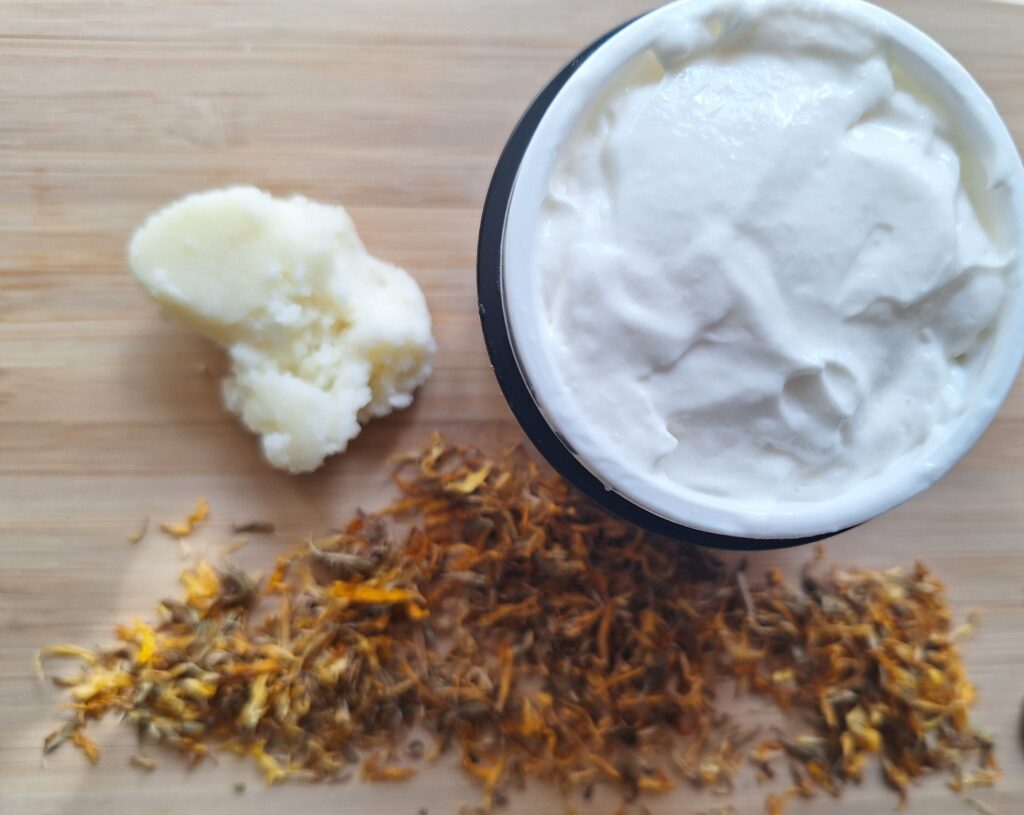
What I am learning about the skin as it relates to formulating is that our skin’s barrier protects us from internal factors, and external factors such as heat, cold, and the sun. As formulators we want to create products that protect and nourish the skin.
One of the functions of the skin is that it acts as a barrier to prevent water loss so that we do not dry out. If your skin is dry, it is because of a loss of moisture. One of the things that we can do to protect our skin is to moisturize. Moisturizing helps to decrease the drying of our skin.
Formulating a facial moisturizer to help keep our skin hydrated so that it does not dry out involves incorporating emollients, humectants, and occlusives, in the formulation.
Components Of A Moisturizer
Emollients:
Anti-inflammatory properties, rich in antioxidants, and fatty acids that make the top layer of the skin soft and smooth. Provides hydration, helping with dry skin. Types of emollients include jojoba oil, argan oil, rosehip seed oil, sea buckthorn oil, and calendula extract.
Humectants:
A humectant’s function in skincare is to moisturize the skin by attracting water to the skin. That water can come from the air, or from the skin’s dermis. Types of natural humectants are glycerin, hyaluronic acid, honey, and aloe vera. Using too much glycerin in your formulation will cause the product to have a sticky feel.
Occlusives
Helps to bring water to the skin, creating a barrier on the skin to protect against water loss. Types of occlusives Includes shea butter, cocoa butter, and waxes.
Leave a Reply